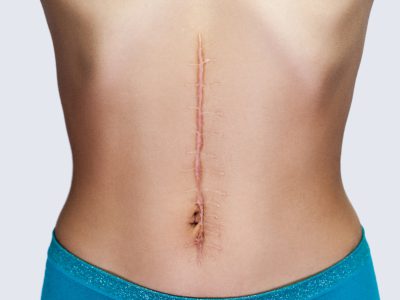Treatment Info
Treatment Detail
Scar revision surgery aims to improve the appearance of scars and restore function to the affected area. This procedure can be performed on any part of the body and can address various types of scars, including keloid, hypertrophic, and contracture scars.
Types of Scars
- Keloid Scars: Thick, raised scars that extend beyond the original injury.
- Hypertrophic Scars: Raised scars that remain within the boundaries of the original injury.
- Contracture Scars: Tightened skin that may restrict movement, often resulting from burns.
Procedure
Scar revision can involve several techniques, including:
- Excision: Removing the scar tissue and closing the wound with precision.
- Skin Grafting: Transplanting healthy skin from another body area.
- Z-Plasty: Repositioning the scar to align with natural skin folds and reduce tension.
Recovery
Recovery time varies based on the scar’s size and location. Common post-surgery recommendations include:
- Keeping the Area Clean: Follow your surgeon’s instructions for wound care.
- Avoiding Sun Exposure: Protect the scar from direct sunlight to prevent discoloration.
- Using Silicone Gel or Sheets: Promote healing and reduce scar formation.
Results
The success of scar revision surgery depends on factors such as the scar’s size, depth, and the individual’s skin type. While complete removal of a scar is not always possible, significant improvements in appearance and function can be achieved.

